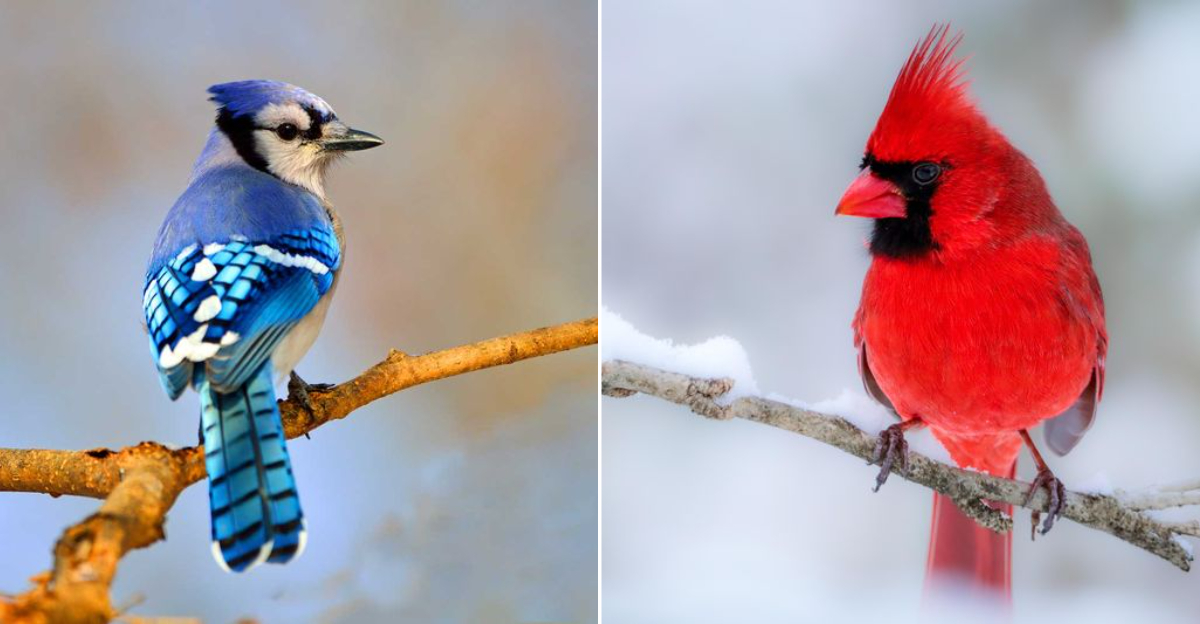Birdwatching doesn’t require a fancy trip. Sometimes all it takes is a glance out your window.
Across the U.S., a charming cast of feathered friends flutters by, brightening up everyday moments with their songs, colors, and curious antics.
From bold cardinals to cheeky blue jays, these common birds bring a little wild wonder right to your doorstep. Keep your binoculars handy and get ready to meet your new daily visitors.
1. American Robin – The Springtime Herald
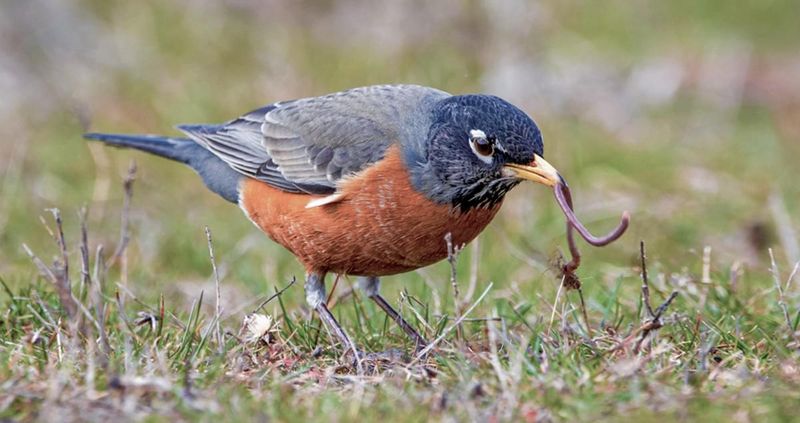
Nothing announces spring quite like a robin tugging worms from your freshly watered lawn.
These orange-breasted birds aren’t just pretty faces – they’re skilled hunters that can actually hear worms moving underground!
Robins build neat mud-cup nests and fiercely defend their territories with beautiful melodic songs. Despite their gentle appearance, they’re surprisingly tough birds that often overwinter in northern states.
2. Northern Cardinal – The Scarlet Showstopper
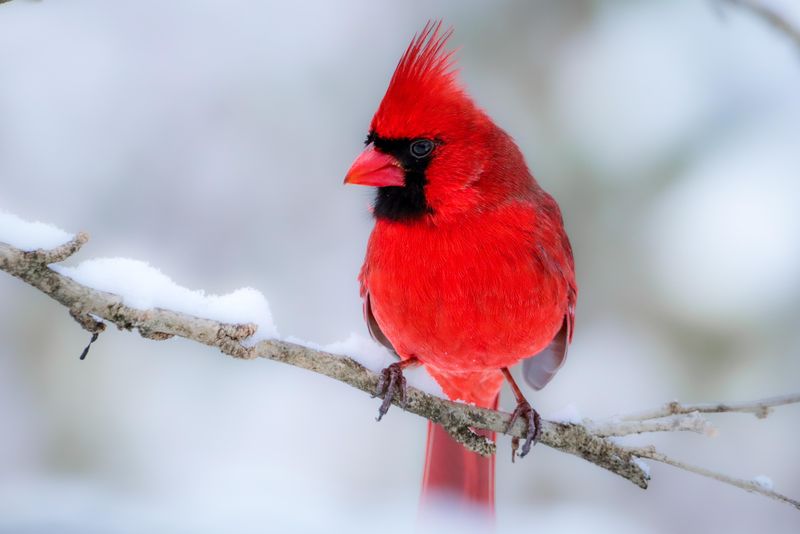
That flash of brilliant red against winter snow might just be the most breathtaking sight in suburban America.
Male cardinals sport crimson plumage that puts Christmas decorations to shame, while females rock a more subtle tan-and-red ensemble.
Unlike many birds, cardinal pairs often stay together year-round, sharing food during courtship. Listen for their distinct “purty-purty-purty” call next time you’re near bushes or dense trees.
3. Mourning Dove – Nature’s Gentle Cooing Machine
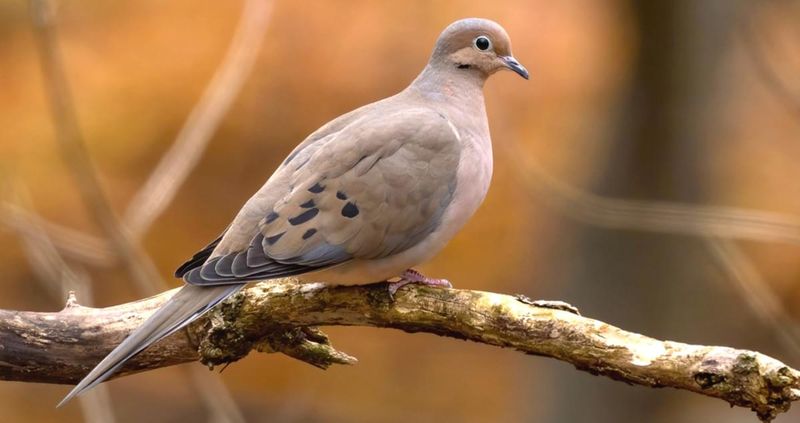
Plump and perpetually relaxed-looking, these tan birds bring peaceful vibes with their soft “coo-OOO-oo-oo-oo” calls that float through neighborhood mornings.
You’ll spot them waddling along power lines or ground-feeding under your bird feeder. Don’t let their gentle demeanor fool you! Mourning doves can fly at nearly 55 mph when spooked.
Their wings make a distinctive whistling sound during takeoff – nature’s own little alarm system.
4. Blue Jay – The Neighborhood Watchdog
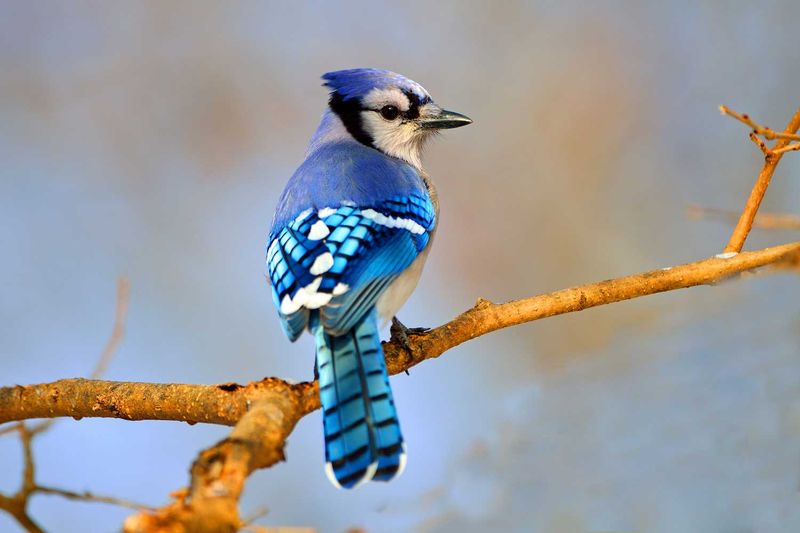
Sporting a punk-rock blue mohawk and a voice that could wake the dead, blue jays are the neighborhood gossips.
Whenever a hawk, cat, or suspicious human appears, these bright blue sentinels sound the alarm with harsh “jay-jay” calls that alert all creatures within earshot.
Wickedly smart, they cache thousands of acorns each fall and can mimic hawk calls to scare other birds away from feeders. Talk about a feathered mastermind!
5. American Crow – The Feathered Genius
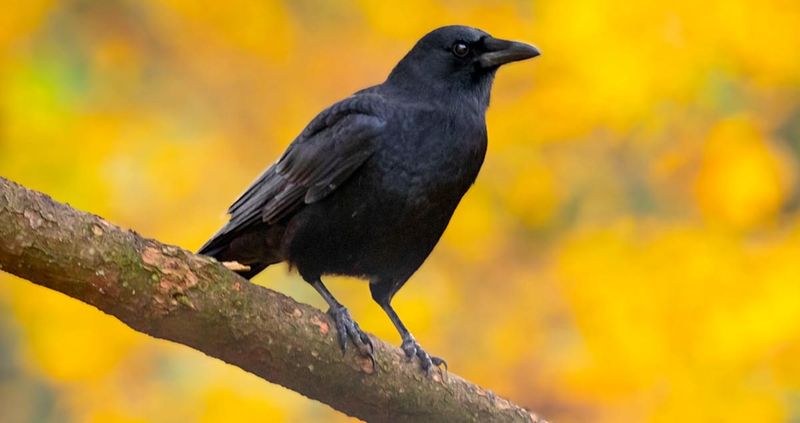
Dressed in goth-black from beak to tail, crows get a bad rap as spooky omens. In reality, they’re among the smartest creatures you’ll ever see through your window!
These birds can recognize human faces, solve complex puzzles, and hold grudges for years. Family-oriented to the core, crow teenagers often stick around to help parents raise younger siblings.
Their raucous “caw-caw” conversations are actually sophisticated communications about food, threats, and territory.
6. European Starling – The Unwanted Immigrant
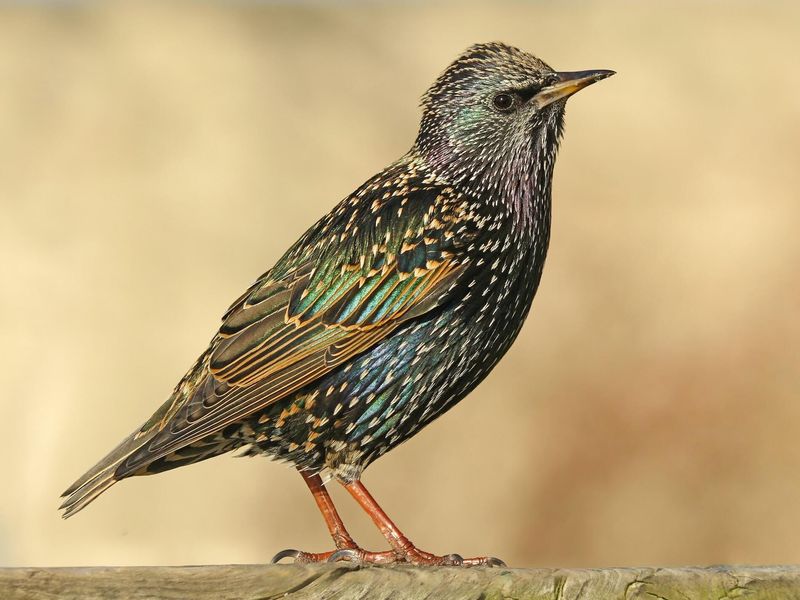
Blame Shakespeare enthusiasts for these glossy black invaders!
Released in Central Park in the 1890s by Shakespeare fans wanting America to host every bird mentioned in his plays, starlings now number over 200 million across North America.
Despite their pest status, you can’t help but admire their iridescent purple-green feathers and amazing mimicry skills. They can copy car alarms, cell phones, and even human speech with uncanny accuracy.
7. American Goldfinch – The Flying Lemon Drop
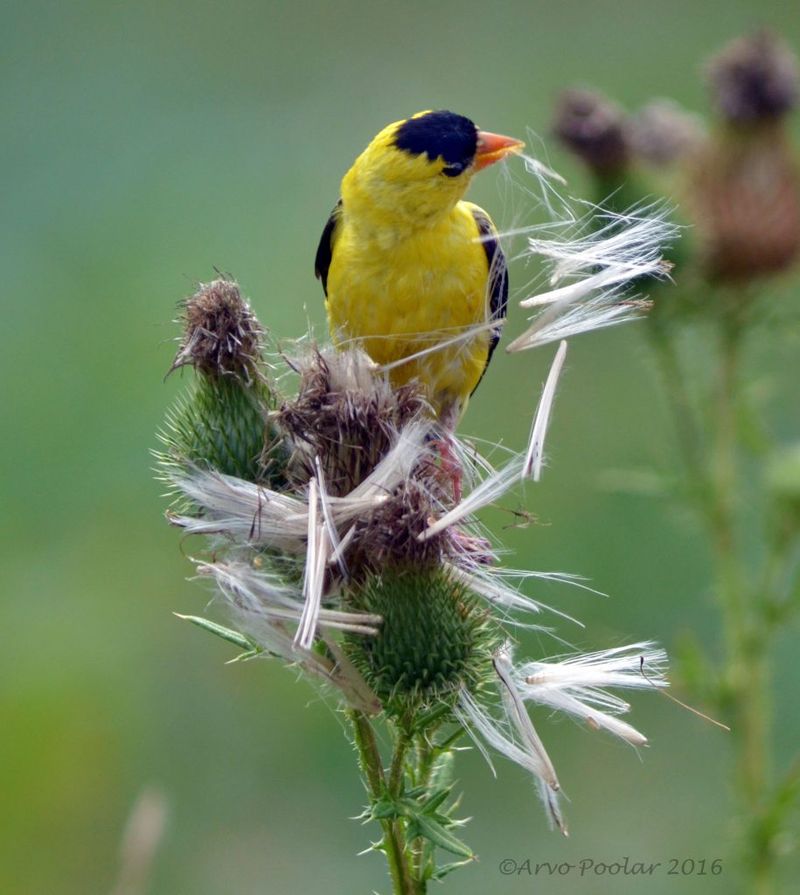
Summer brings these living sundrops to gardens nationwide. Male goldfinches transform from drab olive-green to brilliant lemon-yellow, performing roller-coaster flight displays that would make any amusement park jealous.
Strict vegetarians, they’re crazy for thistle seeds and will hang upside-down like aerial acrobats to reach them.
Their bouncy flight pattern and sweet “po-ta-to-chip” call make them instantly recognizable even for novice birders.
8. House Finch – The Adaptable Crooner
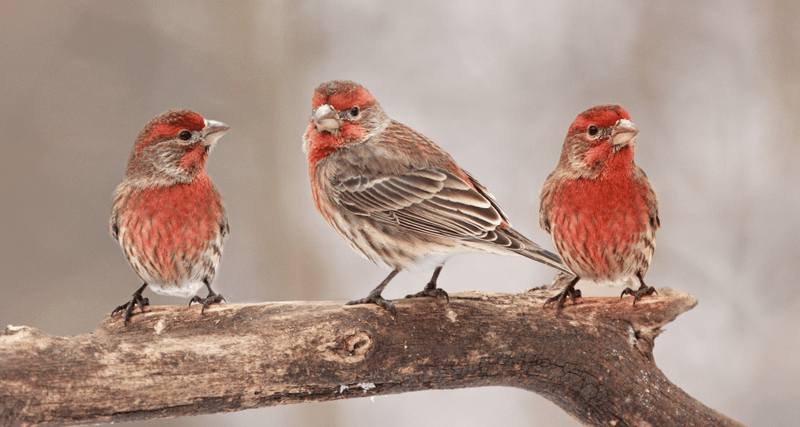
Originally a western bird, house finches have conquered America with their cheerful warbling songs and raspberry-dipped heads.
Males sport varying shades of red from bright crimson to pale orange, depending on their diet – more berries mean brighter plumage!
Master adapters, they’ve learned to nest in everything from hanging plants to outdoor light fixtures. Watch for their bouncy flight pattern and tendency to visit feeders in chatty social groups.
9. Song Sparrow – The Melodious Underdog
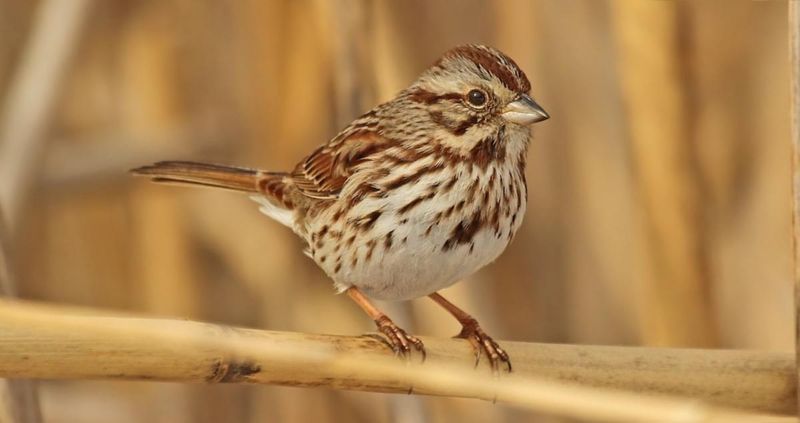
Brown, streaky, and often overlooked, song sparrows compensate with vocal performances that would make Broadway jealous.
Each male knows up to 20 different song variations and sings them with gusto from dawn till dusk. Look for the distinctive dark spot on their striped breast – it’s like their personal signature.
These little performers prefer shrubby areas and garden edges where they hop rather than walk, giving them a distinctively perky movement style.
10. Red-winged Blackbird – The Marsh Maestro
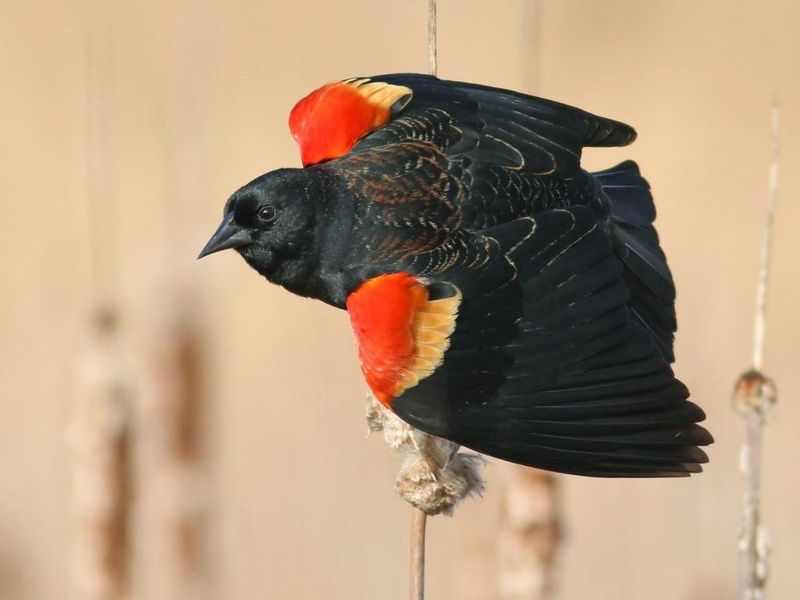
Males flash their scarlet shoulder patches like semaphores when claiming territory with their distinctive “conk-la-ree” calls.
Though typically marsh birds, these striking black beauties frequently visit suburban feeders, especially in winter.
Female red-wings look nothing like their flashy husbands – they’re streaky brown, resembling large sparrows.
This camouflage helps them hide while nesting in reedy areas. One ambitious male might juggle relationships with up to 15 females simultaneously!
11. Black-capped Chickadee – The Pint-sized Extrovert
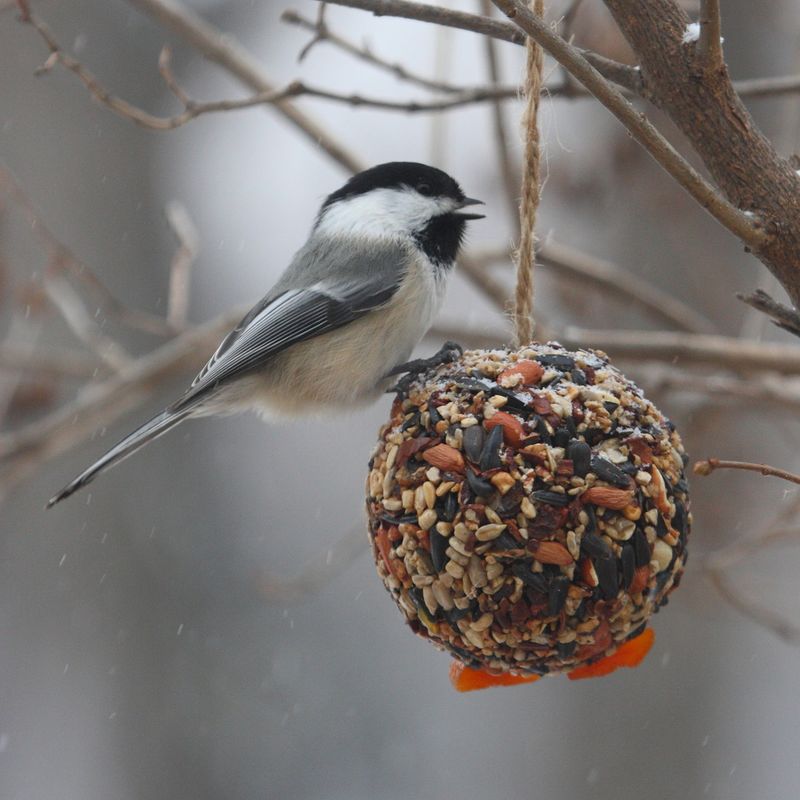
Weighing less than a quarter yet bursting with personality, chickadees are the friendly extroverts of the bird world.
Their black cap and bib give them a dapper, formal look despite their acrobatic feeding style – often hanging upside-down to grab seeds.
Famous for their “chick-a-dee-dee-dee” call, they add more “dees” when alarmed.
These tiny bundles of courage will even scold cats and hawks! During winter, they can lower their body temperature at night to conserve energy.
12. Chipping Sparrow – The Rusty-capped Gardener
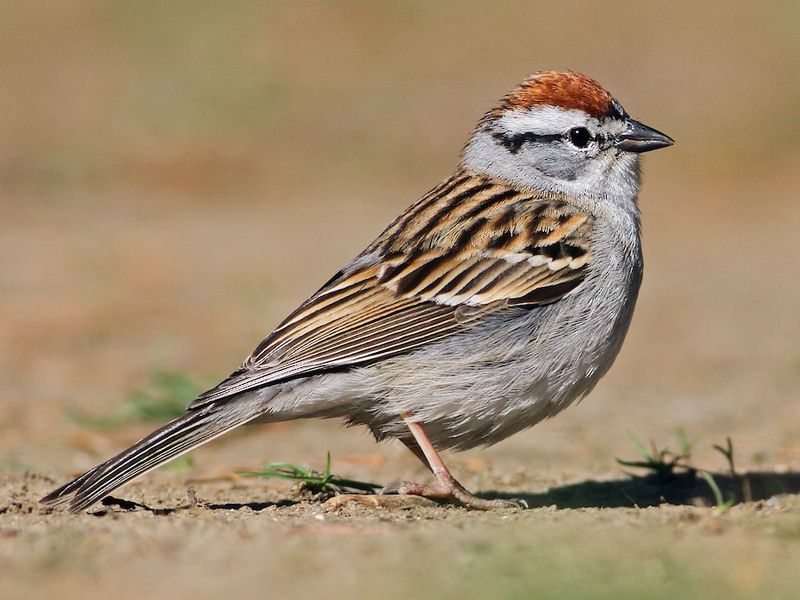
Sporting a jaunty rusty cap and clean white eyebrow, chipping sparrows bring a touch of refinement to suburban lawns.
Their mechanical trilling song sounds like a sewing machine running at high speed – a perfect soundtrack for summer mornings.
These neat little birds build some of the flimsiest nests in the bird world – sometimes so thin you can see eggs through the bottom! Look for them hopping boldly across lawns searching for seeds and insects.
13. Dark-eyed Junco – The Winter Snowbird

Arriving with the first snowflakes, these charming “snowbirds” signal winter’s approach across northern states.
Their slate-gray tops and white bellies create a perfect tuxedo effect, while their pink bills add a pop of unexpected color.
Watch for their distinctive tail-flashing as they hop beneath feeders. Juncos prefer to feed on the ground, skittering mouse-like under shrubs.
Their soft, musical trills provide a gentle soundtrack to snowy days when other birds have gone silent.
14. Northern Mockingbird – The Midnight DJ
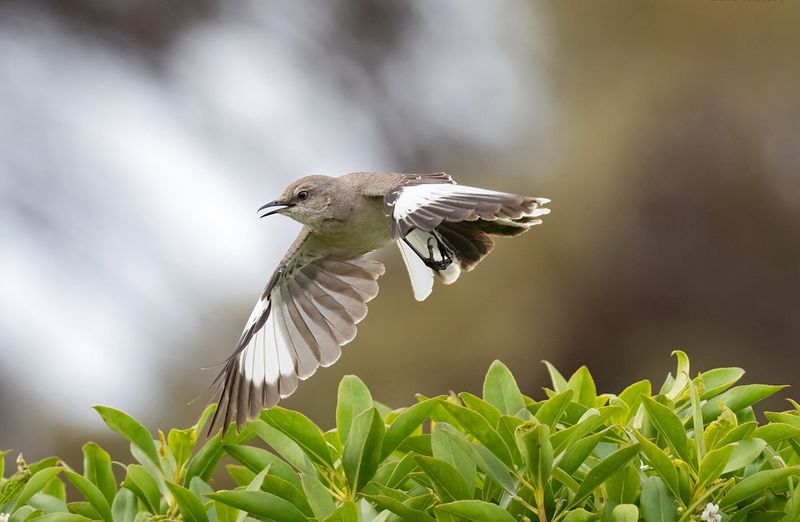
Ever been awakened at 3 AM by what sounds like a bird playlist on shuffle? Blame the mockingbird – nature’s ultimate cover artist.
These gray musicians can learn and mimic over 200 different sounds, from other birds to car alarms and squeaky gates.
Fiercely territorial, they’ll dive-bomb cats, dogs, and even humans who venture too close to their nests.
Look for their distinctive behavior of flashing white wing patches during display flights, resembling a feathered moonwalk.
15. Red-bellied Woodpecker – The Misleadingly Named Drummer
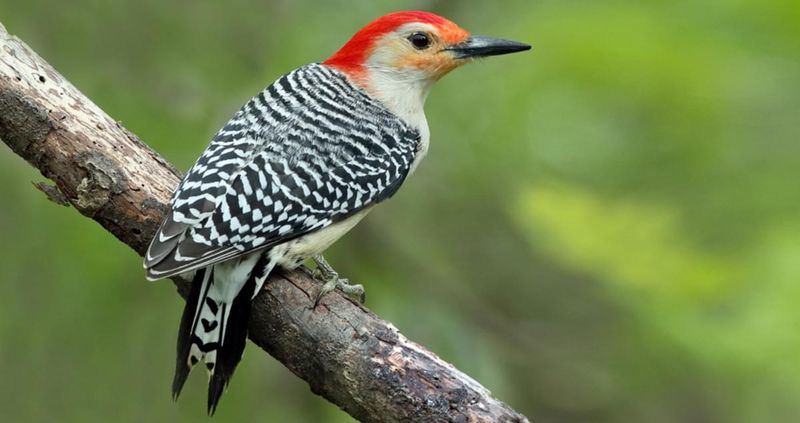
Despite their name, the rosy wash on their bellies is barely visible – it’s the zebra-striped back and flaming red cap that catch your eye!
These medium-sized woodpeckers bring tropical flair to backyards with their rolling “churr” calls and machine-gun drumming.
Masters of food storage, they’ll stuff acorns into tree crevices for later snacking.
Their specialized tongues can extend nearly 2 inches beyond their beaks to extract insects from deep within tree bark.
16. Ruby-throated Hummingbird – The Feathered Helicopter
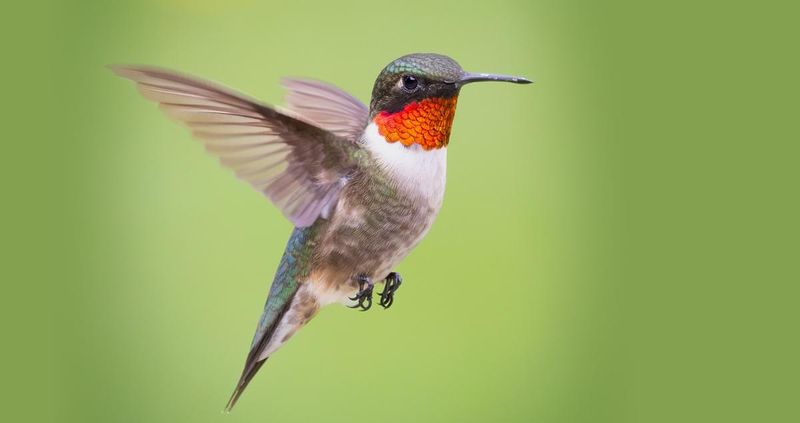
Barely larger than your thumb yet packing attitude the size of Texas, these iridescent marvels can beat their wings 80 times per second!
Males sport a dazzling ruby throat patch that flashes like neon when sunlight hits just right.
Incredibly, these tiny warriors migrate across the Gulf of Mexico each year – a 500-mile non-stop flight on wings smaller than your pinky finger.
They’re attracted to bright red flowers and feeders, where they’ll fiercely defend their liquid territory from rivals.
